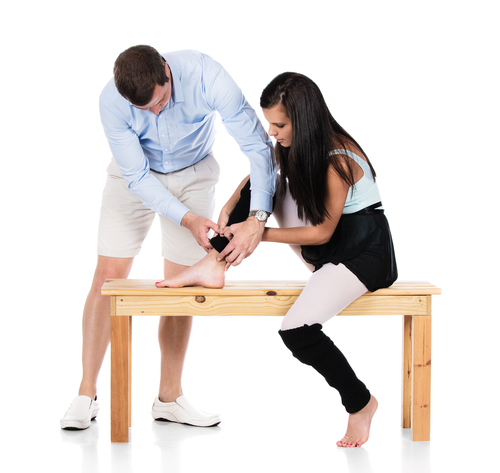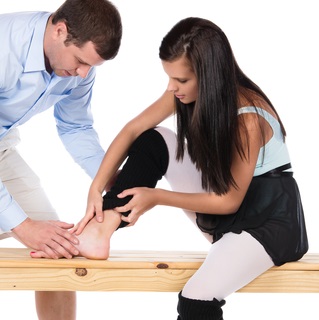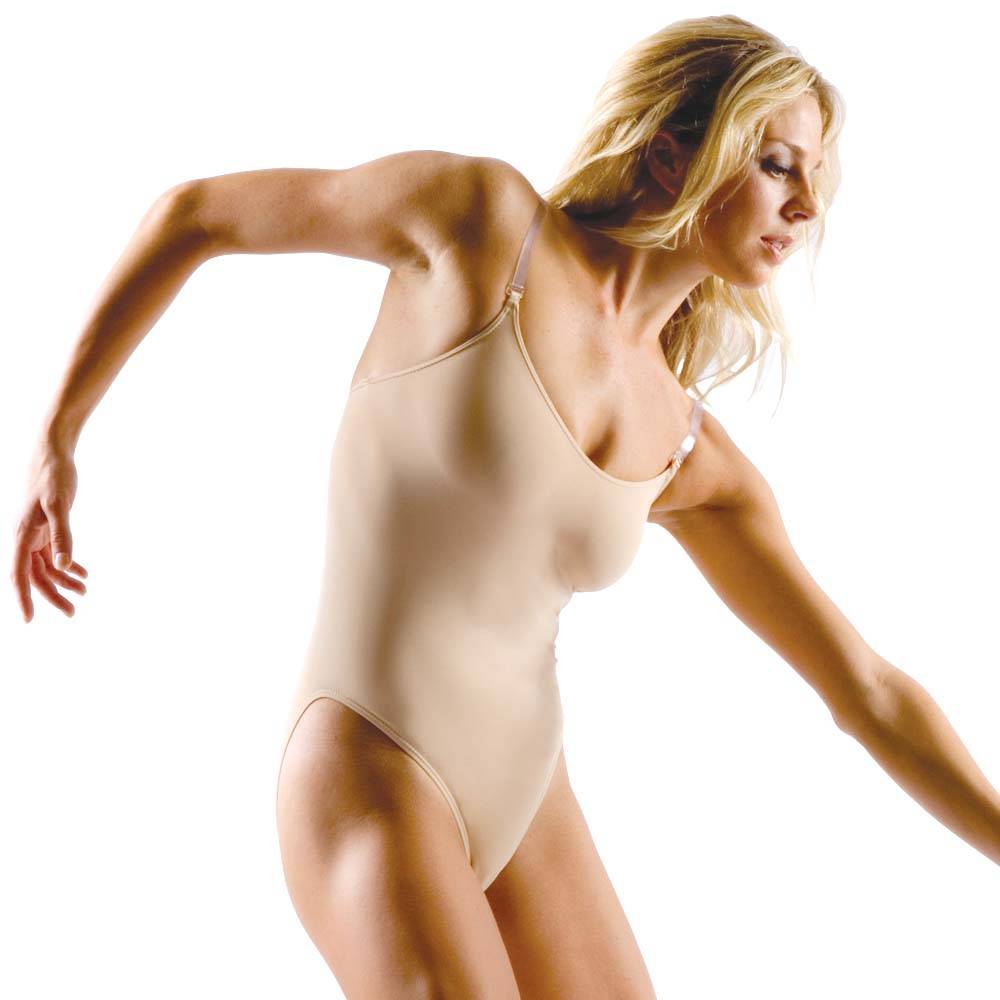Dance Talk
Our dance season never ends. Learn dance tips from the best.
Injured, Sore, or Tired: How To Tell


Whether you're in a practice ballet leotard or a dance recital costume, you push your body to the limit in the studio and on the stage. So despite being in great physical shape, the irony is that you're at a higher risk for injury, soreness and fatigue. How can you tell the difference between the three, so you can properly combat them? In other words, how do you know when there's a real injury going on versus when you're simply run down or sore? Here are some tips to help you assess when your body doesn't feel quite right and what to do about each situation.
Are you injured?
Injuries are common among dancers, with the most prevalent type being overuse injuries to your joints and muscles. These include injuries to the hips, knees, feet and ankles, and stress fractures. Dancers are also likely to develop arthritis in areas such as the foot, hip, knee and ankle. When there is an injury, there are a few common signs to be aware of. For instance, you have:
- Pain that gets worse with activity
- Pain that wakes you up or keeps you up at night
- Constant pain that you haven't experienced before
- Pain that forces you to shift your weight or move in a different way
- Pain that limits your range of motion
What to do when you're injured: If you have a sudden injury, then it's always best to ice it first. This will reduce the swelling, as well as the inflammation. In addition to icing your injured area regularly throughout the day, make sure you also rest it, as well as compress and elevate it. Just make sure that if you are icing regularly, you don't do so before you start warming up or rehearsing. This can actually hinder your muscles from getting properly warmed up, putting you at risk of re-injury.
If, after you ice and rest your injury, you are still experiencing pain, consult with your doctor or a physical therapist who can do further testing and provide a diagnosis. They will be able to tell you the best next steps to take. This could include using crutches for a few days to keep your weight off the injured body part. It could also include using a leg brace or walking boot. It just depends on your particular injury and the severity of it.
Once you're back in the studio in your ballet leotard after an injury, correct any techniques or issues that led to the injury in the first place. Also, work with your physician or physical therapist to strengthen the part of your body that was injured so that you reduce the risk of a future problem.
In addition, if you don't have a first aid kit in your dance bag, then now's the time to create one. It should include items that help deal with common dance injuries, such as: an instant cold pack, topical pain reliever, bandages, Band-Aids, and wrap tape.
Are you tired?
Dancers tend to be highly motivated, often pushing themselves into exhaustion, whether in a practice ballet leotard or a dance recital costume. But when your body is telling you that it's tired, you need to listen. For instance, when your mind feels fuzzy, your limbs feel heavy, and you don't have the drive you usually do to put your all into class, then you're tired. If you don't listen to your body, you can easily cross the line from fatigue into putting yourself at risk for an injury that could take you out of the studio for days or even weeks.
If you're like most dancers, there are certain days or times you like to dance; but again, if you're feeling burned out and fatigued, your body is communicating with you. You might simply need to scale it back at your next class, or skip one altogether. Keep in mind too, when you're exhausted, you're not going to get the most from your dance class or rehearsals. You're going to be too tired, while at the same time, putting yourself at a higher risk for injury.
What to do when you're tired: When you are tired, avoid the temptation to grab a cup of coffee or something with caffeine in it to boost your energy. While it might provide a short-term enhancement, it will actually increase your feelings of fatigue in the long run. Also, stay away from sugary junk food and instead focus on eating healthy whole foods that will give you an energy boost. Finally, make sure you are drinking a lot of water and getting at least eight hours of sleep each night. Your body needs plenty of rest to recover and repair muscles and joints that you worked hard during rehearsal.
Are you sore?
Working hard can certainly make your muscles sore. It can also be a good thing because it shows that your muscles are being pushed past what they're used to doing. But sometimes, it can be hard to tell whether you're dealing with general soreness, or whether you have an injury. When it comes to soreness, the feeling typically goes away within 24 to 48 hours. In certain cases, though, it can take some time for muscles to get sore. But again, it should only last for a couple of days. If your soreness is prolonged and lasts longer, then you may have an injury and should seek professional help.
What to do when you're sore: If you are prone to soreness, make sure you do drink plenty of water and maintain a healthy diet. To avoid soreness, as well as the risk of injury, it's also vitally important that you keep up with your warm up and cool down exercises before class, as well as keep active -- even when your body feels achy. Also, if you have a body part that's especially sore, use heat on the affected area. This will help to increase circulation, enabling recovery.
Shop Ballet Leotards & Dance Recital Costumes While You Recover

Whether you're recovering from an injury, or soreness and fatigue, now's the perfect time to shop for some cute new ballet leotards and dance recital costumes. At Just for Kix, we offer a full line of affordable and stylish dancewear, whether you're looking for apparel to practice or perform in.

Follow Us
Follow Us online, join our conversations, engage with our teams around the world!